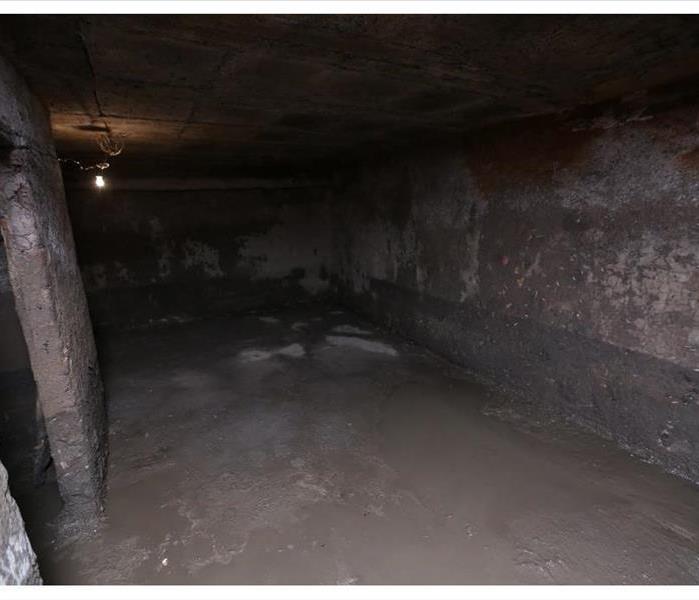Beyond Routines: 4 Tools to Prevent Basement Flooding and Backups
1/13/2022 (Permalink)
 When you find flooding in your home after a storm, be sure to call the trained experts at SERVPRO for mitigation services.
When you find flooding in your home after a storm, be sure to call the trained experts at SERVPRO for mitigation services.
4 Tools To Prevent Basement Flooding And Backups Beyond Routines
A sewer backup can cost thousands to repair and remedy. In Laguna Beach, CA, regulations and even insurance policies may require a contract with an emergency restoration company due to the contamination of black water and the subsequent health risks. Fortunately, there are several steps you can take to prevent this type of flooding.
• Regular Sewer Cleaning
• Biannual Inspections
• Routine Debris Removal
Beyond these basic routines, there at least four tools you can install as preventative measures.
1. Backwater Valve
Requiring a licensed plumber for installation, a backwater valve is installed at the exterior of the building and connects to the waste line. The valve allows sewage to exit a property, but it closes and blocks sewage from backing up into the home.
2. Standpipe
A standpipe is just as it sounds. It is a pipe that stands a minimum of 3 feet out of a drain and is sealed around the base. When a backup occurs, the water rises in the pipe but does not spill out onto the floor, unless the flood is especially deep. A standpipe does not require professional installation.
3. Overhead Sewer
Another tool requiring professional installation, the overhead sewer works in conjunction with a sump pump to eliminate the risk of storm damage due to flooding. In this system, the sump pump forces water into overhead pipes that are connected into the wastewater lines, where the water flows out and away from the home.
4. One-Way Drain
A one-way drain is the simplest of all the preventative measures. This tool uses a floating mechanism to block the drain, preventing backflow. If water begins backing up, the float seals the floor drain. When water subsides, and pressure normalizes, the float lowers and allows for normal drainage.
A sewer backup can cause a significant amount of damage and can leave homeowners scrambling for solutions in a reactionary way. Fortunately, there are numerous ways to be proactive about this type of dilemma. While routine maintenance and inspections are excellent ways to ensure functionality, the four tools above offer the ability to prevent significant damage when all else fails.





 24/7 Emergency Service
24/7 Emergency Service